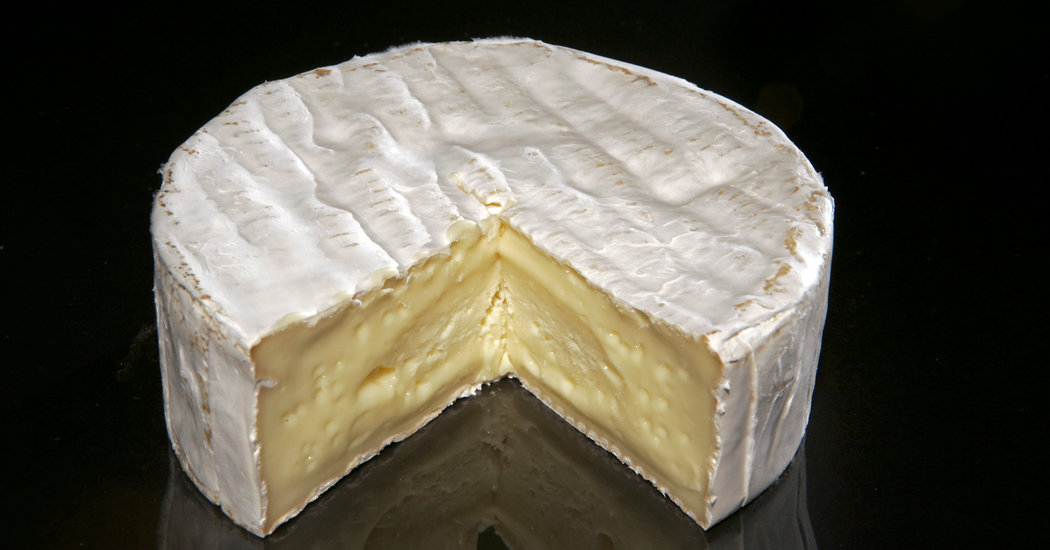
The legend of Camembert is one of daring escape and dairy espionage.
The cheese was invented in 1791 when a priest from Brie (yes, like the cheese), took shelter with a dairymaid, Marie Harel, as he fled France’s anticlerical government. He taught her to make cheese with an edible rind, as local lore tells it. But the lesser known character in Ms. Harel’s story is a mysterious mold that resided in Normandy.
Penicillium appears in the wild as a toxic blue fungus, but in Camembert, Brie and other French regional cheeses, it is white and edible. For centuries, cheesemakers didn’t know how it evolved from its untamed to its domesticated forms. In a study published Tuesday in mBio that could be good news for American cheese lovers, researchers offer the first detailed view of how a fungus transforms into a mold safe for food production in as few as four weeks.
“We saw in real time how the fungi could change their metabolism in a way that would be advantageous for cheesemakers,” said Benjamin Wolfe, an assisstant professor of microbiology at Tufts University and the study’s principal investigator. He said the research could ultimately lead to “a diverse new approach to making cheese in the United States.”
The name Camembert isn’t restricted to cheese produced in Normandy, in contrast to Champagne, which comes from only one region of France. But a special designation is reserved for cheeses produced with unpasteurized milk from French cows. And the specialness of that cheese is derived in part from the fungus that naturally evolves into mold in cheese caves across northern France.
Dr. Wolfe wanted to see if he could mimic that evolutionary process. Over the course of a summer, his team planted wild blue penicillium on the surface of freshly rendered cow’s milk cheese curd while simulating the conditions of French cheese caves.
After a week, the researchers mixed the fungi together with the cheese and transferred the blend to a new cheese surface. This process was repeated eight times. Each week, they observed changes in the mold’s color, spore count and toxin levels. By week four, the fungus had evolved to its domesticated form.
The mold displayed a number of telltale signs of transformation. It turned from greenish-blue to white. Its aroma changed from musty and basement-like to buttery. The rate at which it produced the toxins that made the original fungus inedible was substantially reduced.
Dr. Wolfe recalled the excitement in the lab when they first observed its color change. “It was like, ‘Here come the mutants,’” Dr. Wolfe said. The undergraduates in his lab, “fell in love with these fungi, watching them change right before our eyes,” he said.
The team’s findings could lead to the development of new kinds of cheese in the United States. Dr. Wolfe has been approached by American cheesemakers who want to know if his team could collect wild blue fungi in their local cheese caves and transform them into edible molds, creating new regional varieties of cheese.
“You could imagine going down different flavor paths,” said Antonis Rokas, a professor of evolutionary biology at Vanderbilt University and a co-author of the study. “You could start enhancing or diminishing the mold flavor of the cheese by directing the evolutionary process.”
The researchers did not find any specific mutations that caused the fungus to transform, so they hope to learn more about the genetic mechanisms controlling the mold’s evolution.
John Gibbons, an assistant professor of food science at the University of Massachusetts, Amherst, said the study shows how a favorite food item historically evolved and how a fungus used in food production can be manipulated without genetic engineering.
“We’ve been producing cheese for thousands of years and alcohol for tens of thousands,” Dr. Gibbons said. “Now we have a window into history in terms of what early humans wanted out of microbes.”




